In this article:
Tinea versicolor is a yeast infection characterized by the appearance of small, flat, discolored spots on different areas of the body, but mostly on the greasy areas of the face, neck, chest, back, and abdomen.
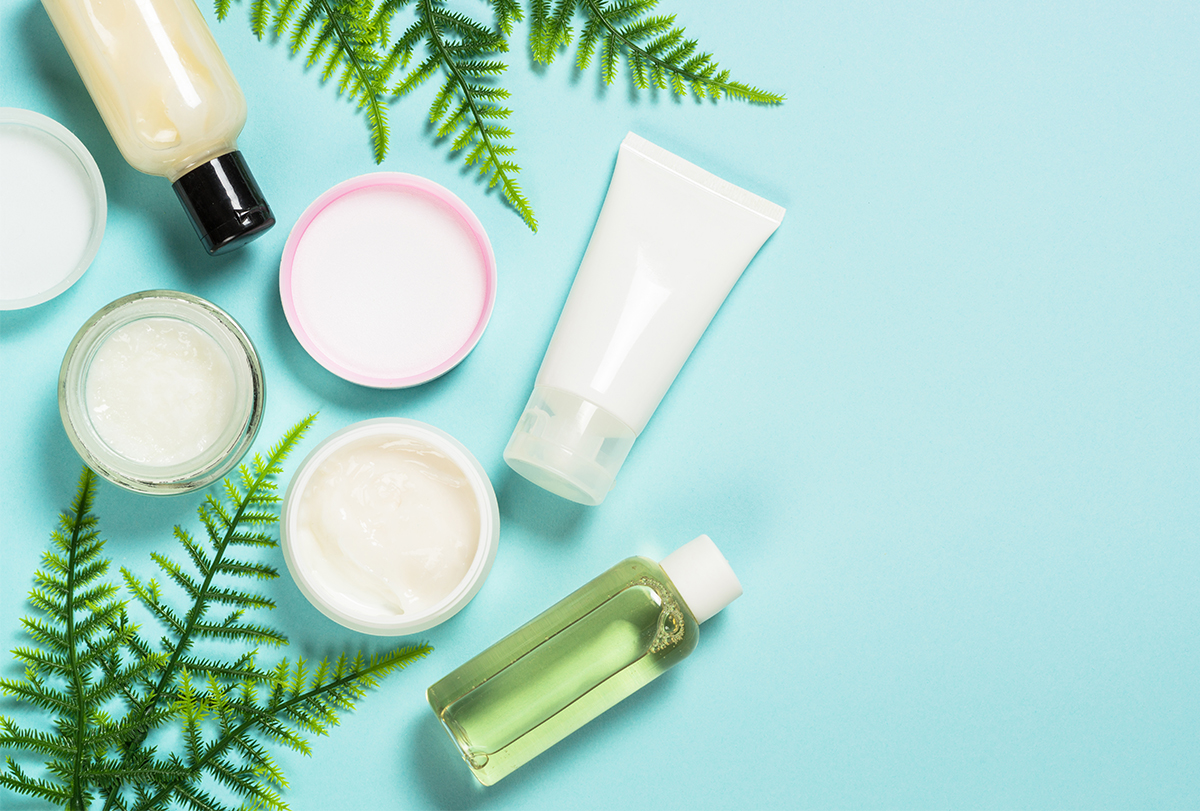
These spots tend to be itchy, flaky, scaly, and lighter or darker than normal skin. If left untreated, multiple spots may gradually combine to form larger patches that can be quite unappealing and hard to ignore.
Malassezia globosa is the fungus responsible for this condition, and it lives normally on the skin surface but can cause an infection if it overgrows. (1) This fungus requires a hot and humid environment to grow rapidly and induce tinea versicolor. This is why people who live in tropical climates are more prone to this infection than those living in colder regions.
Also, excessive sweating combined with poor hygiene makes a perfect breeding ground for this fungus.
Home Remedies and Lifestyle Changes
While there is no replacement for standard medication, you can do certain things at home to promote faster recovery from tinea versicolor.
Home treatment/remedies
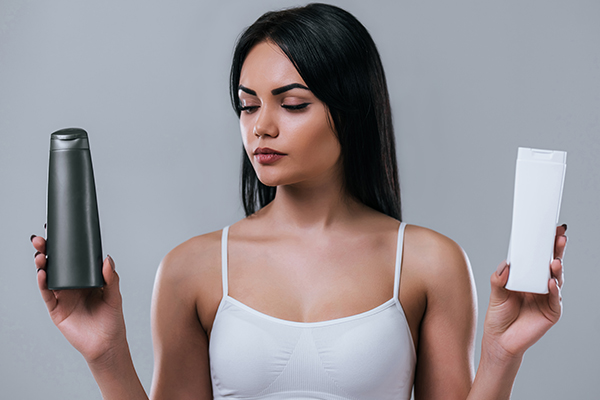
1. Antifungal/anti-dandruff shampoos
Buy any medicated antifungal or antidandruff shampoo that contains about 2% ketoconazole, has a good rating and is available without a prescription.
Lather it up by mixing with some water, and then apply it all over the patchy skin for about 10 minutes before rinsing it off with plain water. The best time to do this is while you are taking a shower so that you can easily wash your entire body.
2. Over-the-counter lotions and creams
Certain topical antifungal products can relieve mild flare-ups of tinea versicolor by killing the fungus, reducing future flare-ups, and soothing the skin discomfort.
These products can easily be bought from your local pharmacy without a prescription. Some of the best topical antifungal products for managing tinea versicolor are:
3. Anecdotal home remedies
There are natural ingredients that can be used topically to relieve the symptoms of tinea versicolor.
These topical remedies are widely acknowledged on Internet forums and have been effective for a number of general users, but there is little to no scientific evidence to confirm their safety or potency. So, guaranteed results are not expected after using these remedies and it is recommended to consult your doctor before trying any of them.
Here are some of the most commonly used ingredients that can help treat tinea versicolor:
Dietary modifications
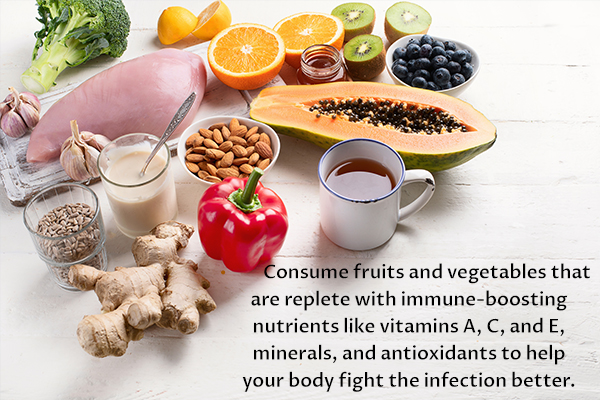
- Consume fruits and vegetables that are replete with immune-boosting nutrients such as vitamins A, C, and E, minerals, and antioxidants to help your body fight the infection.
- Add probiotic foods to an overall wholesome, well-balanced diet. Probiotics are beneficial strains of bacteria that aid gastrointestinal functioning and boost immunity. (6) Some of the best dietary sources of probiotics include yogurt and fermented foods such as kimchi, sauerkraut, miso, kefir, kombucha, and tempeh. If you can’t derive your required intake through foods alone, you can ask your doctor to put you on probiotic supplements that contain high concentrations of good bacteria.
- People who are prone to recurrent episodes of tinea versicolor are advised to cut out yeast-promoting foods from their diet. This means giving up highly refined carbohydrates, sugar, alcohol, vinegar, and peanuts.
Self-care tips to manage and prevent tinea versicolor:
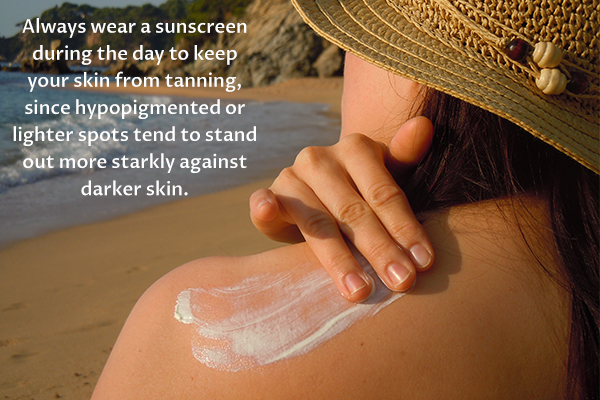
- Maintain proper skin hygiene to control the spread of infection to other parts of the body. Do so by washing the patchy or spot-ridden skin with soap and water two times a day, especially before applying any topical remedy or medication.
- Always wear sunscreen during the day to keep your skin from tanning, since hypopigmented or lighter spots tend to stand out against darker skin. Choose a broad-spectrum sunscreen that blocks out both UVA and UVB rays (7) with a sun protection factor (SPF) of 30 or higher (7) and a lightweight oil-free formulation that does not clog your pores (noncomedogenic). These features are usually mentioned on the packaging and so should be easy to spot.
- Wear loose, flowy clothes made with soft, breathable fabrics that don’t cling to or rub against your skin. Tight-fitting clothes do not provide any room for ventilation and therefore induce a lot of sweating, which can make your skin a breeding ground for yeast and other infection-causing microbes. Moreover, such clothes, especially those made with coarse fabrics such as cotton or wool, can cause a lot of friction against your skin and can further irritate the itchy spots.
- Take a shower soon after exercising or any activity that makes you perspire a lot. Sweaty, warm skin is highly conducive to the overgrowth of the Malassezia globosa fungus.
- Resist the urge to scratch the itchy spots. Scratching can transfer the dirt from your nails to the infected skin and also cause more skin damage due to the vigorous friction. Moreover, your fingers will pick up the fungus from the infected skin in the process of scratching. Touching other areas of the skin with your contaminated fingers can easily spread the infection.
- Change out of unclean, sweaty clothes as soon as possible. The idea is to keep your skin clean and dry at all times to deny the conditions needed by the infection-causing yeast to multiply rapidly, thus limiting the occurrence or spread of tinea versicolor.
Most-Asked Questions About Tinea Versicolor
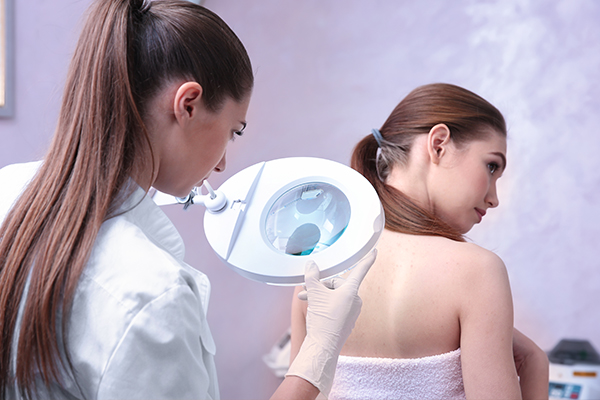
What can I do to prevent tinea versicolor?
Tinea versicolor can come back even after successful treatment if you don’t remain mindful of your skin hygiene. People who have suffered this infection more than once should continue using topical antifungals even after full recovery.
Doctors usually recommend applying medicated dandruff shampoo all over the body for a few minutes while bathing to kill any fungal overgrowth on the skin, but only once a month for the entire year after recovery. This is especially necessary during the summers when you sweat more and have a greater chance of fostering a fungal overgrowth on your skin.
How long does tinea versicolor last?
The doctor-recommended antifungal treatment for tinea versicolor coupled with appropriate self-care will most likely resolve the itchiness, dryness, and scaly texture of the infected skin within 2 weeks.
However, the discoloration will persist for longer. It can take 6 months to a full year for the marks to disappear and your complexion to even out, depending upon the consistency of your skin care efforts and the extent of your problem.
Final Word
Tinea versicolor spots or patches can be quite discomforting and can make you extremely self-conscious of your appearance. The good thing is this infection can be treated easily with the appropriate antifungal medication, which includes topical products and oral pills.
Early treatment is the best way to minimize the appearance of new spots or patches, but it can take a few months for the existing ones to completely disappear. You can derive comfort from the fact that tinea versicolor does not spread from one person to another and is completely noncancerous.

- Was this article helpful?
- YES, THANKS!NOT REALLY


